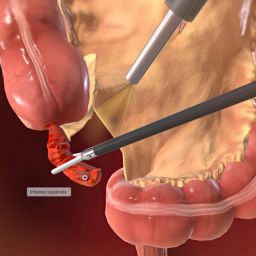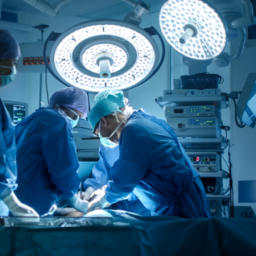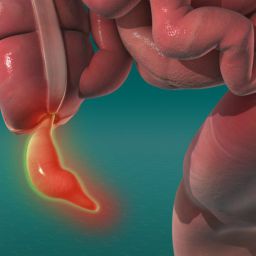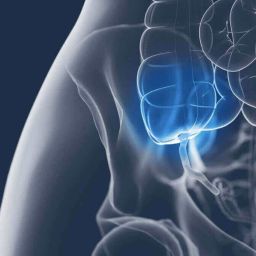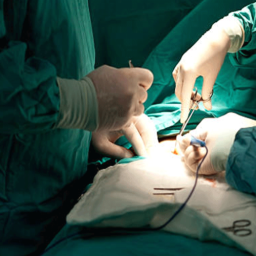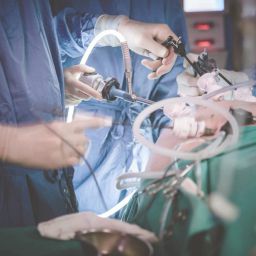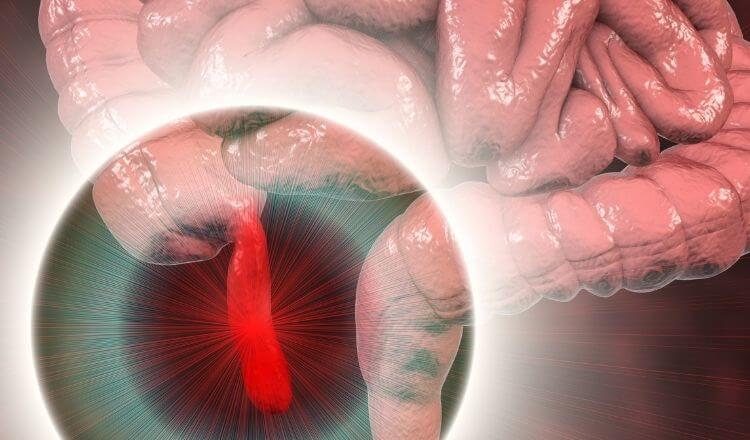
1. The Importance of Follow-Up Care After Appendectomy
Follow-up care after appendectomy serves several critical purposes:
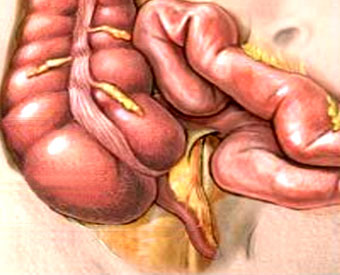
- Monitoring Recovery: Even though most appendectomy patients recover without complications, it is essential to monitor the healing process to detect any early signs of infection, internal bleeding, or other complications that may require immediate intervention.
- Addressing Complications Early: While appendectomy is considered a routine surgery, complications can arise in the postoperative period, including infections, abscess formation, bowel obstruction, and even hernias at the surgical site. Early detection of such issues can prevent further complications and the need for additional surgeries.
- Ensuring Proper Wound Healing: Regular check-ups help confirm that the surgical wound is healing as expected. This also provides an opportunity to check for any signs of wound infections, such as redness, swelling, or discharge.
- Guiding the Gradual Return to Activity: Post-appendectomy recovery involves gradually resuming normal activities. Follow-up appointments help to ensure that patients are recovering well enough to return to work, exercise, and other physical activities without risking further complications.
- Providing Emotional Support: For many patients, undergoing surgery can be an emotionally taxing experience. Follow-up visits provide a chance for patients to discuss their emotional state, address any concerns about their recovery, and receive reassurance from their healthcare provider.
2. Typical Recovery Timeline After Appendectomy
The timeline for recovery after an appendectomy can vary depending on the type of surgery (open vs. laparoscopic), the patient’s overall health, and whether any complications arise. Here is a general recovery timeline:
a. Immediate Post-Surgery Phase (First 24–48 Hours)
In the first few days following an appendectomy, patients are typically hospitalized for observation. During this time, healthcare providers monitor for signs of complications like infections or excessive bleeding. The focus is on managing pain, preventing infection, and making sure the patient is able to eat, drink, and pass gas normally.
b. Initial Recovery Phase (1–2 Weeks Post-Surgery)
Once patients are discharged from the hospital, they begin the early stages of recovery at home. During this period, they may still experience some pain, bloating, and fatigue. Patients are generally advised to rest and avoid strenuous activities, including lifting heavy objects. A follow-up appointment is often scheduled within the first one to two weeks post-surgery to monitor the healing process and to assess for any complications.
c. Intermediate Recovery Phase (2–4 Weeks Post-Surgery)
By this time, most patients can resume light activities, including walking and returning to work if their job does not require strenuous physical activity. The follow-up check-up during this phase typically focuses on wound healing, assessing the patient’s progress, and addressing any ongoing issues such as constipation, bloating, or discomfort.
d. Full Recovery Phase (4–8 Weeks Post-Surgery)
After four to eight weeks, many patients are able to return to their normal activities, including exercise. At this stage, the abdominal incision should be fully healed, and most of the initial post-operative symptoms should have resolved. Patients who have had laparoscopic surgery often experience a faster recovery time compared to those who had an open appendectomy.
3. When Is a Follow-Up Examination Necessary?
While some patients may recover smoothly with no issues, others may experience complications that necessitate follow-up examinations. There are specific circumstances where a check-up is particularly crucial:
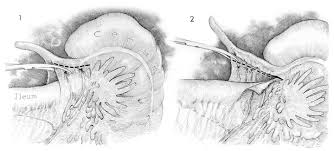
a. First Follow-Up Appointment (1–2 Weeks After Surgery)
The first follow-up visit is typically scheduled within one to two weeks after an appendectomy. This appointment is vital for assessing the following:
- Wound Healing: The healthcare provider will examine the surgical site to ensure there is no redness, swelling, or discharge. They will also check for signs of infection such as increased warmth around the wound.
- Pain Management: Patients will be asked about their pain levels, and adjustments to medications can be made as necessary. The healthcare provider will ensure that the pain is not escalating or becoming more severe.
- Basic Recovery Status: The doctor will evaluate the patient’s ability to eat, drink, and perform daily activities to ensure they are progressing normally.
b. Monitoring for Complications (2–4 Weeks Post-Surgery)
Even after the initial recovery period, some complications may emerge. A follow-up appointment is crucial in this stage to look for:
- Infection or Abscess Formation: If a patient develops signs of infection, such as fever, increasing pain, or drainage from the surgical wound, the healthcare provider will assess the situation and may conduct additional tests, such as blood tests or imaging scans, to determine if there is an infection or abscess formation.
- Bowel Function: Post-surgical constipation or bowel obstruction is not uncommon. Patients may report difficulty passing stool or bloating, which could be signs of a bowel obstruction or ileus (temporary paralysis of the intestines). This is an important issue that requires attention, as untreated obstructions can lead to more severe problems.
- Physical Activity Progress: At this point, the healthcare provider will discuss the patient’s return to physical activities. They will advise the patient on how much movement is acceptable and whether any exercises or physical therapy are necessary.
c. Final Check-Up (4–8 Weeks Post-Surgery)
For most patients, the final follow-up appointment will take place four to eight weeks after surgery. This is the final opportunity to ensure that recovery is progressing well. At this visit, the healthcare provider will:
- Ensure Complete Healing: They will evaluate whether the abdominal incision has healed properly without any signs of complications like scarring, hernia, or wound dehiscence (wound opening).
- Clear the Patient for Physical Activity: After the final check-up, most patients are cleared to return to all normal activities, including exercise. This is a good time for the healthcare provider to discuss future physical activity and exercise regimens.
- Discuss Long-Term Health: The healthcare provider will ask about any lingering symptoms or concerns. Patients who are still experiencing any discomfort, digestive issues, or emotional distress will be given advice on how to address these issues.
4. Potential Complications That Require Immediate Attention
While follow-up visits are essential for monitoring recovery, patients should also be aware of signs and symptoms that may require urgent medical attention. These include:
- Severe Abdominal Pain: If pain becomes severe or worsens, it could indicate complications such as infection, bowel obstruction, or internal bleeding.
- Fever: A fever that accompanies abdominal pain, swelling, or redness at the incision site may indicate infection or abscess formation.
- Nausea and Vomiting: If these symptoms occur alongside persistent pain or bloating, they could be signs of bowel obstruction or other complications.
- Swelling or Bulging: If there is a noticeable bulge or swelling near the incision site, this could be a sign of a hernia, which might require surgical intervention.
- Difficulty Passing Gas or Bowel Movements: This could indicate a bowel obstruction or ileus, both of which require medical attention.
5. How to Prepare for Follow-Up Appointments
Preparing for a follow-up appointment can help ensure that the visit is as productive as possible. Patients should:
- Keep a Symptom Log: Tracking pain levels, any changes in bowel movements, or signs of infection can help the healthcare provider understand the recovery process better.
- List Questions or Concerns: Patients should write down any questions or concerns they have regarding their recovery, whether it’s about physical activity, wound care, or emotional well-being.
- Bring a Support Person: Having a family member or friend present during follow-up visits can be helpful for taking notes, providing emotional support, and ensuring that no important details are missed during the appointment.
Follow-up care after an appendectomy is critical to ensuring that the patient heals properly and that any complications are addressed promptly. While most patients recover smoothly, regular check-ups allow healthcare providers to monitor progress, adjust medications or activity recommendations, and identify any early signs of complications. By staying on top of follow-up appointments, patients can enjoy a smoother recovery process and reduce the risk of long-term issues.
Understanding when follow-up care is necessary and what to expect during each phase of recovery empowers patients to take an active role in their health and healing. By maintaining open communication with healthcare providers and adhering to recommended recovery protocols, patients can look forward to a full recovery and return to their regular lives.

